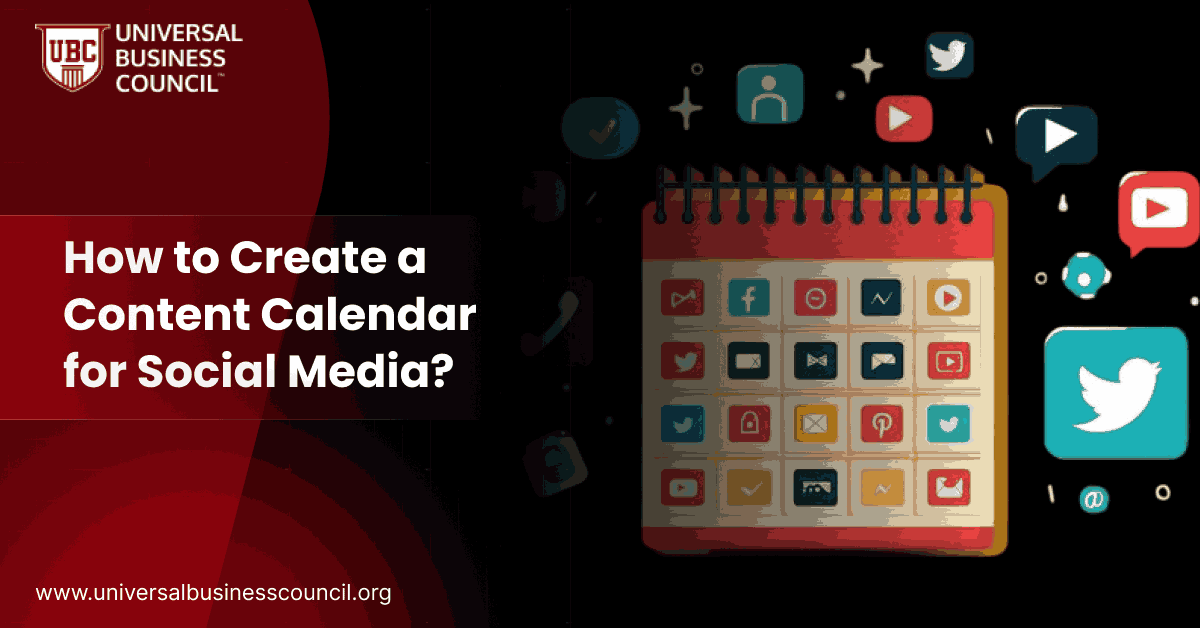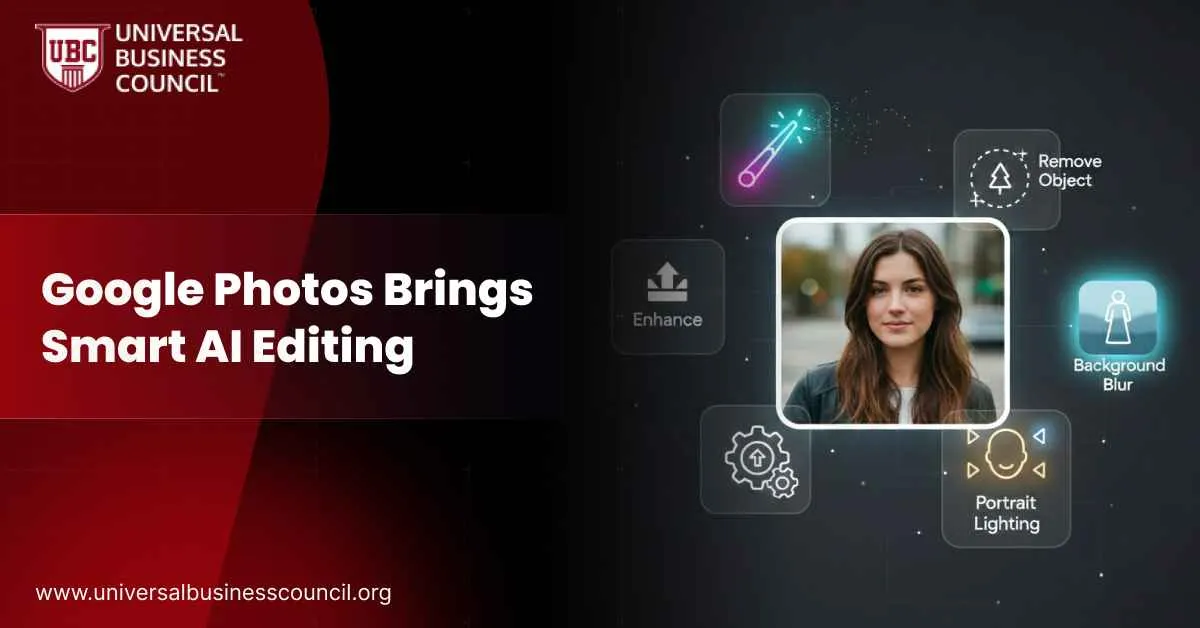 A content calendar for social media is a simple plan that helps you organize, schedule, and publish posts consistently. It’s your roadmap to keeping your audience engaged and your brand active. This guide shows beginners exactly how to create a content calendar step by step.
A content calendar for social media is a simple plan that helps you organize, schedule, and publish posts consistently. It’s your roadmap to keeping your audience engaged and your brand active. This guide shows beginners exactly how to create a content calendar step by step.
Why a Content Calendar Matters
Without a calendar, it’s easy to miss important dates, post too much or too little, or lose track of your ideas. A calendar keeps your content organized and aligned with your goals.Step 1: Define Your Goals
Start by deciding what you want to achieve with your social media. Common goals include:- Growing followers
- Increasing website traffic
- Boosting engagement
- Promoting products or services
Step 2: Audit Your Current Social Media
Look at what’s working and what’s not. Check which posts get the most likes, shares, and comments. Identify the platforms where your audience is most active. This helps you focus your efforts where they’ll have the biggest impact.Step 3: Choose the Right Tools
You don’t need expensive software to get started. Many beginners use:- Google Sheets – Simple and free
- Trello or Asana – Great for teams and visuals
- Later or Planable – Good for scheduling and visual planning
Content Calendar Tools and Best Uses
| Tool | Best For | Key Features |
| Google Sheets | Beginners and small teams | Easy to use, flexible, free |
| Trello/Asana | Teams and project management | Visual boards, collaboration |
| Later/Planable | Visual scheduling, social media | Drag-and-drop scheduling, analytics |
Step 4: Plan Your Content
Decide what type of content you’ll share. Mix it up to keep your feed interesting:- Educational posts (tips, how-tos)
- Entertaining posts (memes, fun facts)
- Promotional posts (new products, services)
- Community posts (customer stories, testimonials)
Step 5: Choose Your Posting Frequency
How often should you post? It depends on your audience and platforms. For beginners:- Facebook: 3-5 times per week
- Instagram: 3-7 times per week
- LinkedIn: 2-4 times per week
- Twitter: 1-3 times per day
Step 6: Build Your Calendar
Map out your posts in your chosen tool. Include:- Post date
- Platform
- Content type
- Post copy
- Visuals or video links
- Call-to-action (CTA)
Content Calendar Components and Benefits
| Component | Benefit |
| Post Date | Keeps content organized and timely |
| Platform | Helps tailor content per audience |
| Content Type | Maintains variety and engagement |
| Copy and Visuals | Aligns with brand and goals |
| CTA | Drives desired user action |
Step 7: Schedule and Publish
Use your chosen tool or the platform’s built-in scheduler to set posts in advance. This saves time and ensures your feed stays active even when you’re busy.Step 8: Analyze and Adjust
After posting, check how your content performs. Look at likes, comments, shares, and click-throughs. Use this data to refine your future posts.Extra Tips for Beginners
- Reuse evergreen content (posts that stay relevant).
- Plan around holidays and events.
- Use AI tools like ChatGPT for ideas and caption suggestions.
- Ask your audience what they want to see.



